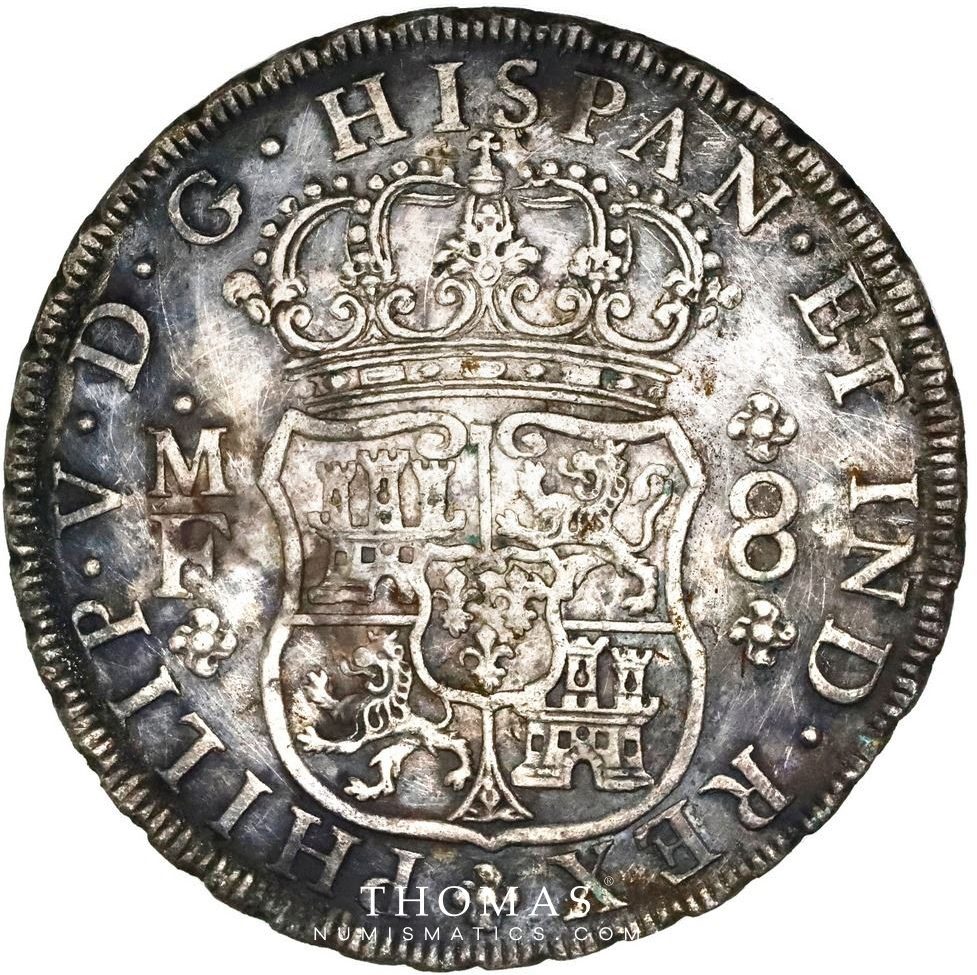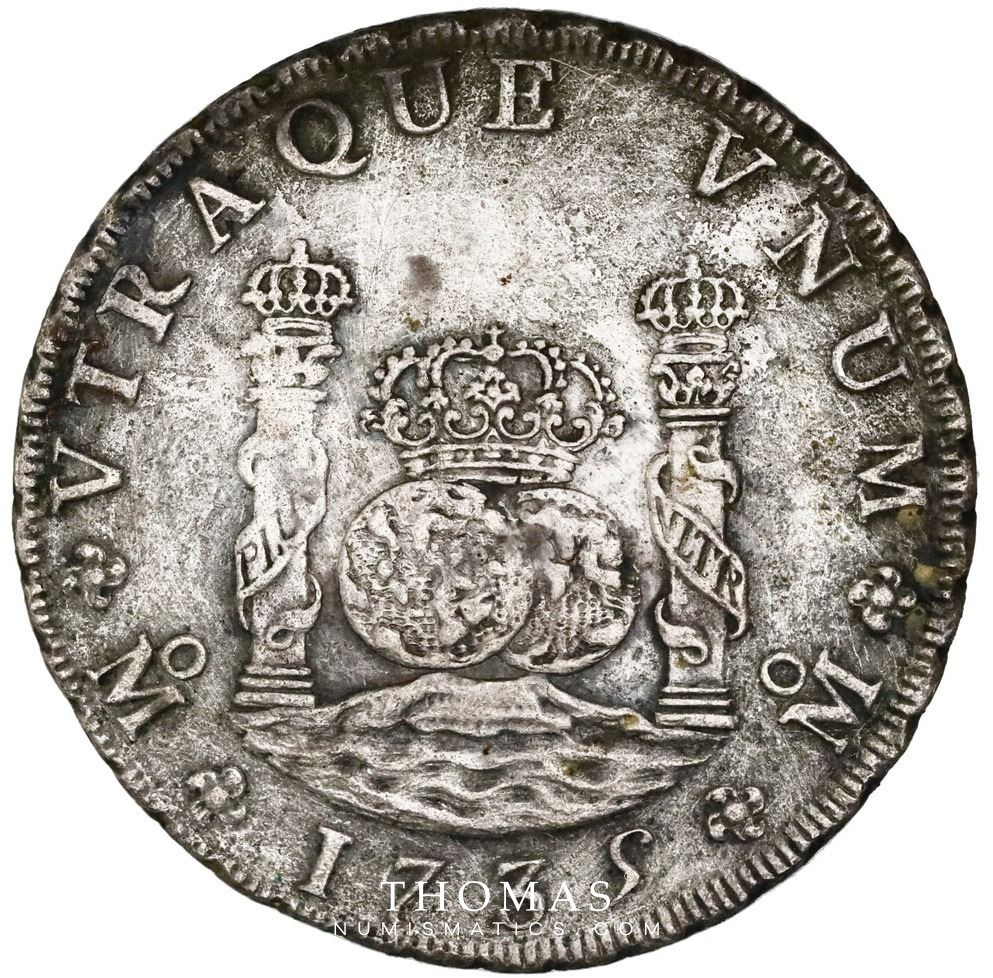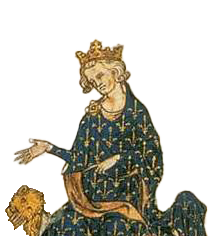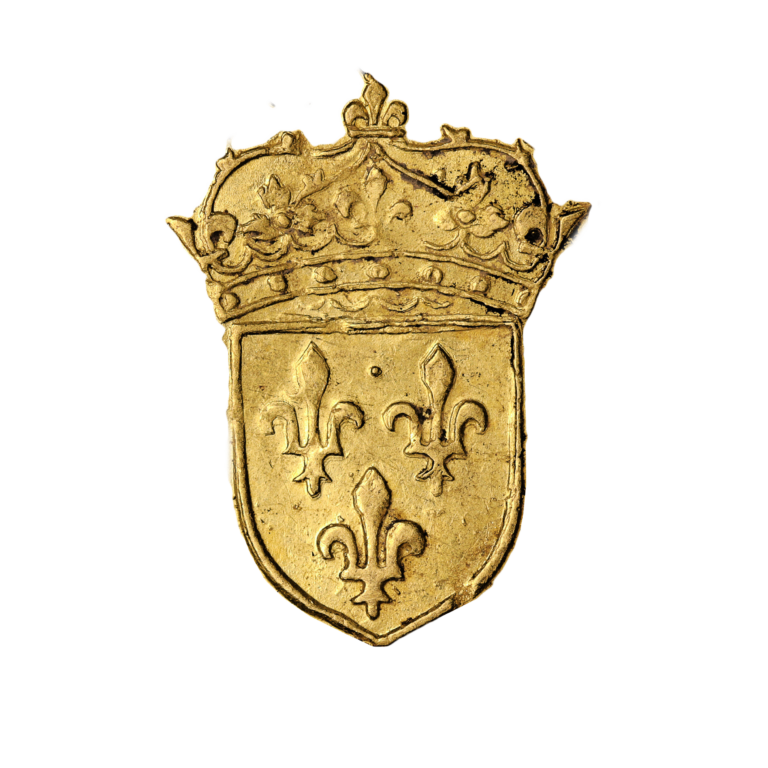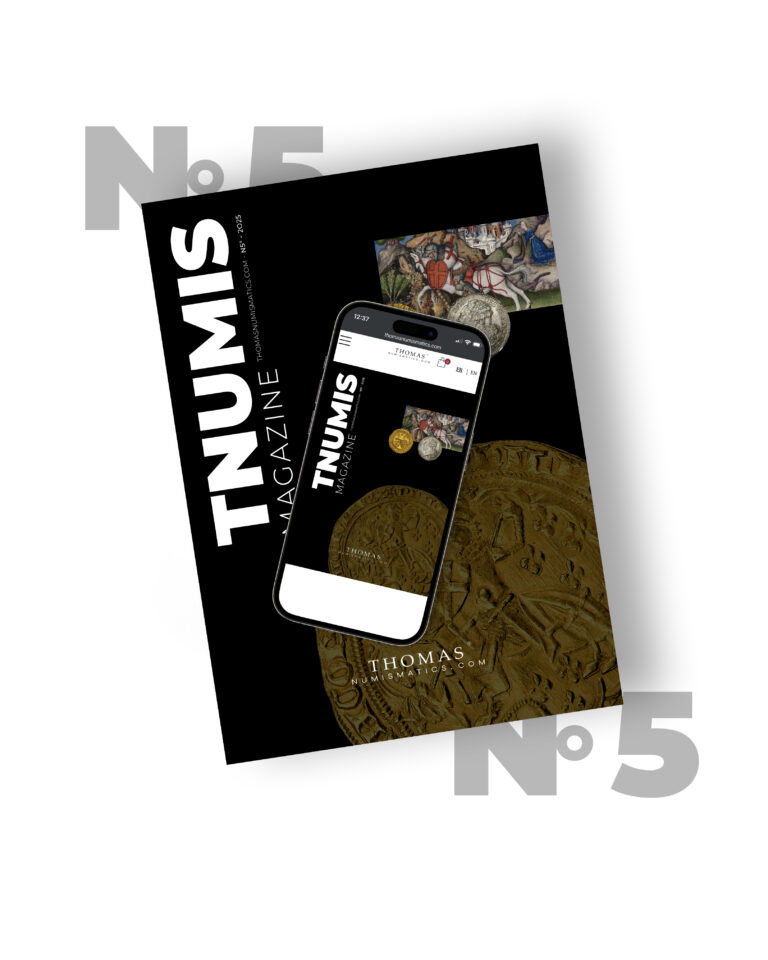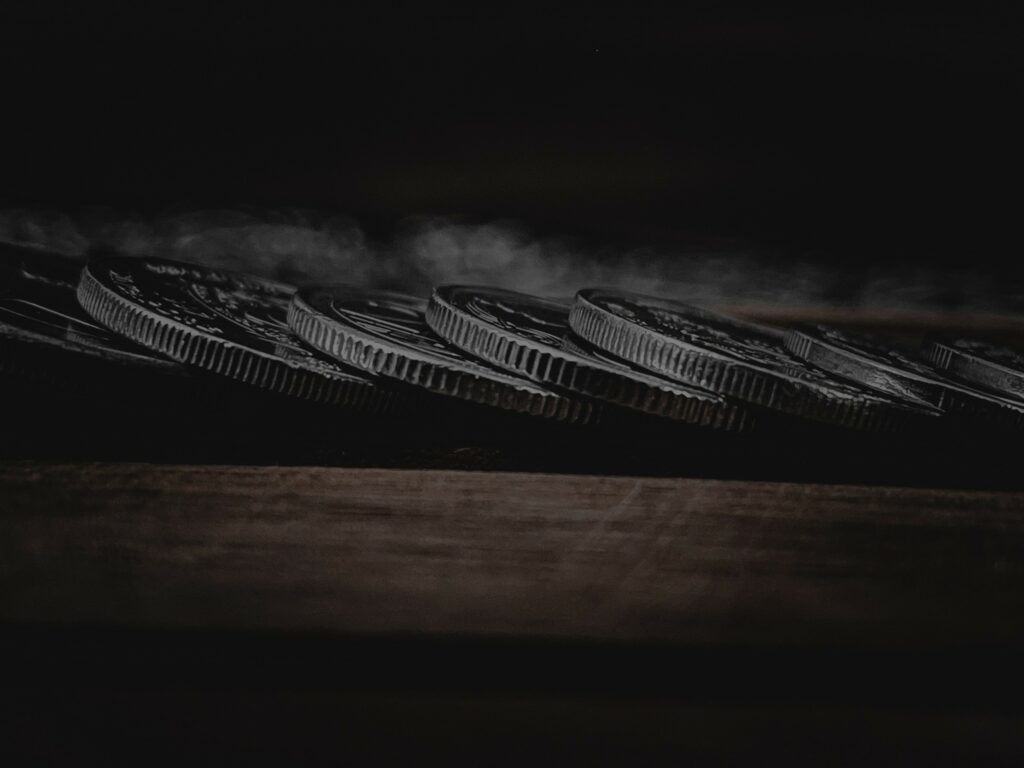
Discover all the news and articles from TNUMIS Magazine exclusively
Spanish Real: a mythical coin
The Spanish Real is a mythical coin. Its history and its geographical origin contribute to making this coin an object appreciated by numismatists. It is the witness of the constitution of one of the greatest empires in history, the Spanish monarchy, and of its hold on the new world.
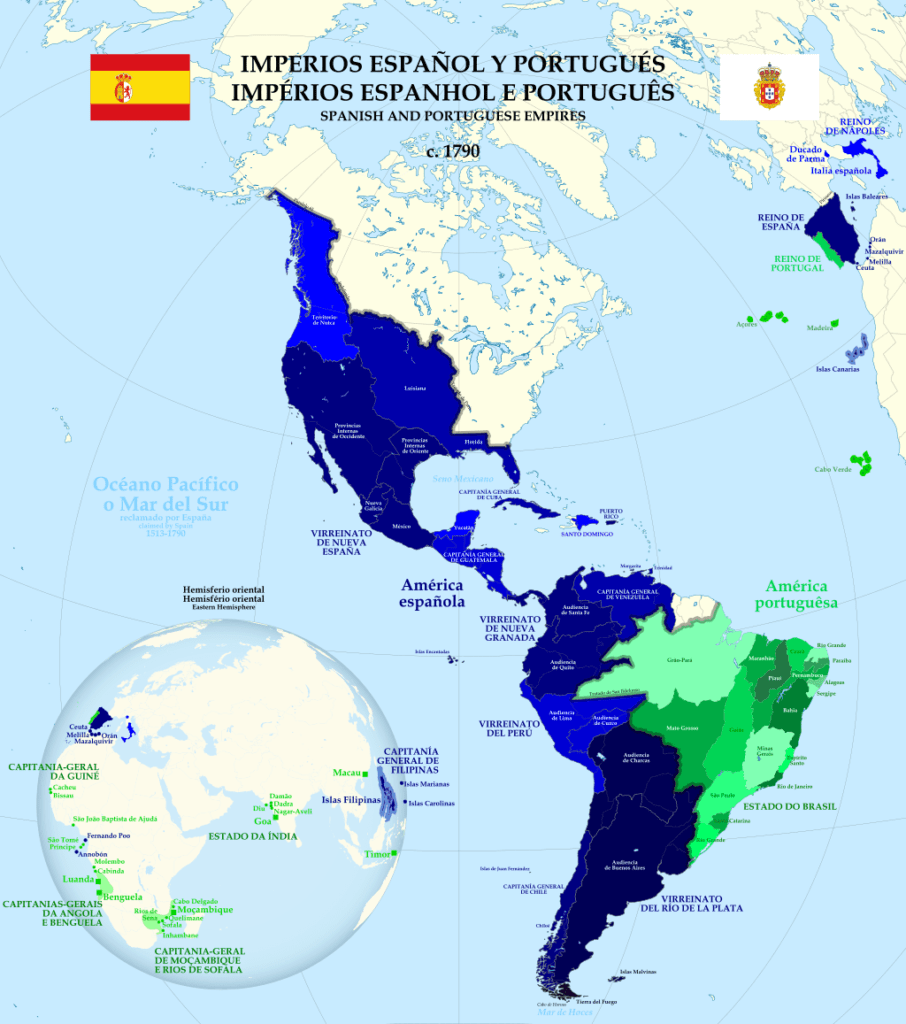
The Spanish Real: history and evolution
The real is the currency used by the Spanish Empire from the 14th century until its replacement by the escudo in 1864. The first Spanish reals were minted during the reign of Alfonso XI of Castile (1311-1350) and were worth 3 maravedis, the Spanish currency since Alfonso VI.
In 1486, a large silver coin minted in Austria was created: the Guldengroschen. The desire to have a coin with a high silver content then took hold of the whole of Europe.
In 1497, when the real was worth 34 maravedis, King Philip II introduced a monetary reform in Spain. The maravedis was replaced by the real de un ocho which became the unit of account. The eight-real silver coin became the currency of reference throughout the Spanish Colonial Empire. It weighed 27.4 grams of silver and circulated throughout Asia and America. Coins of one half real, one real, two reals and four reals were also minted.
In 1566, the Spanish escudo was created. One gold escudo was worth 16 silver reals.
From 1642 until the 19th century, two types of reals coexisted. The real de plata, composed of at least 85% silver, circulated throughout the world. The real de billon had less than 50% silver and was only used in Spain. Zinc and copper were alloyed with silver to form the billon. Two reals of billon were worth one silver real.
1837 was the last year the silver real was minted. In 1850, the billon real became the single currency and was adopted as the new reference for the monetary system. In 1864, the real gave way to the new escudo, and then to the peseta in 1869.
The coin of eight: a powerful currency
Let’s go back to the eight-real coin, also known as the piaster. The 8-real silver coin or “coin of eight” is still known today in numismatics for its high silver content and for its historical character.
As early as 1497, it was highly valued in trade and considered the currency of international commerce. The coin of eight was widely used in different nations thanks to the worldwide influence of Spain. Some countries have even countermarked coins of eight, to affirm their legality and authenticity as local currency. Eight-real coins were also the coins found in the wrecks of Spanish ships wrecked in the seventeenth and eighteenth centuries, such as the Santa Maria de la Consolacion or the Santa Leocadia.
The piaster was produced throughout the New World. The Spanish Empire used the silver mines of South America. In Mexico, Bolivia, Peru and Chile, mints were established. In the 18th century, the Mexico City mint became the largest mint in the world. It could mint 30 million pesos a year.
Mexique – Avers 8 Reales 1735 MF – PHILIPPE V
Trésor naufrage – ROOSWIJKMexique – Revers 8 Reales 1735 MF – PHILIPPE V
Trésor naufrage – ROOSWIJK
The engravings of the coins of eight struck in South America are unique and different according to the regions and the times. The most mythical are certainly those nicknamed “the columnarios”, minted between 1732 and 1773. On the obverse, the Spanish royal coat of arms appears. On the reverse, the columns of Hercules are represented, draped with the motto of Spain “Plus ultra”, which frame the two worlds. The old and new worlds are united by the Spanish crown, as confirmed by the words “Utra que unum” (the two are one). Others also exist: the Mexican coin of 1536 with Carlos and Johanna on the obverse, the type macuquino, perulero or busto.
The qualities, symbols and geographical origins are numerous and offer rich possibilities to collectors of Spanish reals.
Sources :
Moneda numismatica
Wikipedia
Open edition journals
Persée
